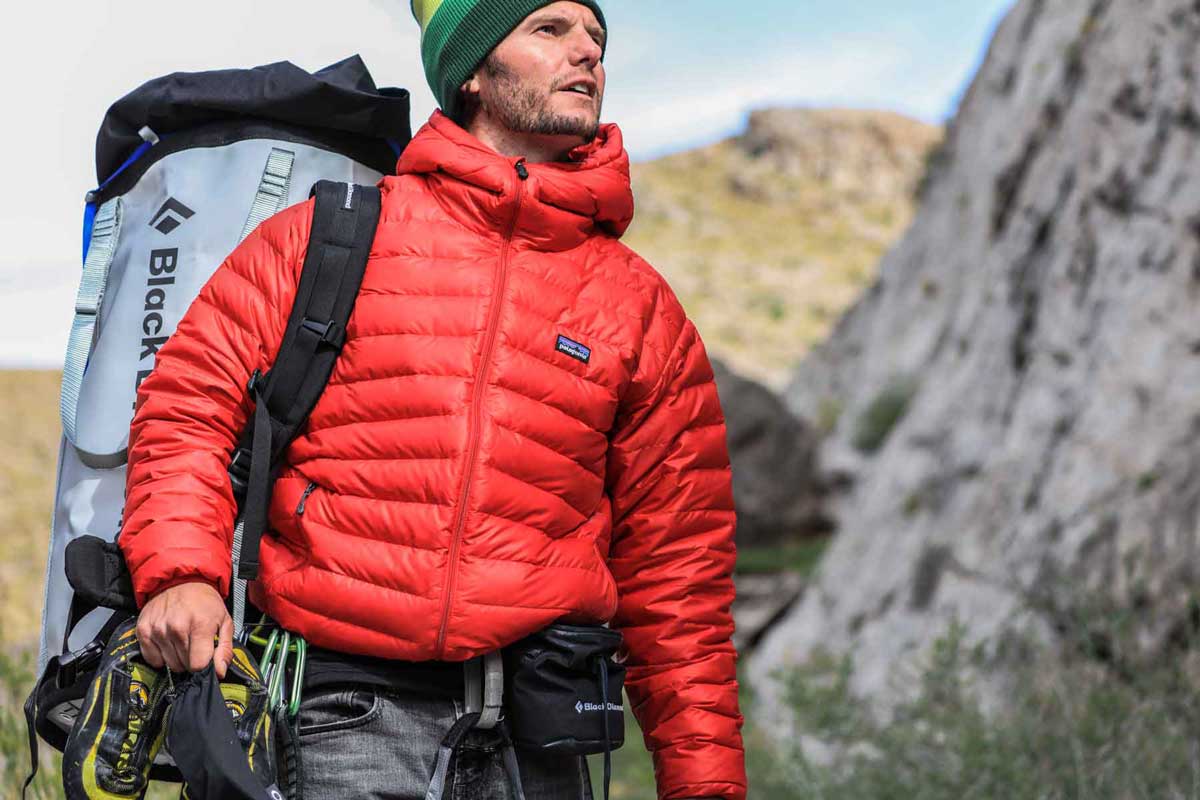
Have you ever found yourself caught in a sudden downpour while hiking or camping, only to have all your gear soaked and ruined? It’s a frustrating situation that nobody wants to be in. That’s why waterproofing your gear is so important. Not only does it protect your belongings from unexpected rain or moisture, but it also prolongs the lifespan of your equipment. In this article, we’ll dive into the importance of waterproofing gear and provide you with some valuable tips on how to do it effectively.
Waterproofing your gear is crucial because it prevents water from seeping into your belongings and damaging them. Whether it’s your backpack, tent, or electronics, water can wreak havoc and render them useless. By waterproofing your gear, you create a barrier that repels water, keeping your items dry and intact even in the most challenging weather conditions.
But it’s not just about keeping your gear dry; waterproofing also extends the lifespan of your equipment. Constant exposure to moisture can lead to mold, mildew, and rust, which weaken the materials and decrease their durability. By taking the time to waterproof your gear, you’re investing in its longevity, ensuring it will withstand future adventures and serve you well for years to come.
In the following article, you’ll learn various techniques and products to effectively waterproof different types of gear. From using waterproof sprays to seam sealing and choosing the right materials, we’ll cover it all. So, if you’re tired of having your gear ruined by unexpected rain or wet conditions, keep reading to discover the best waterproofing methods that will keep your belongings dry and last longer.
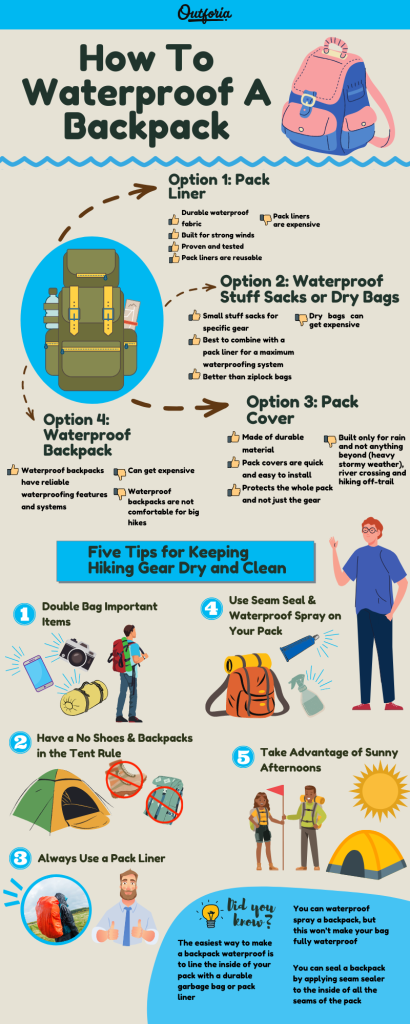
This image is property of outforia.com.
Why is Waterproofing Gear Important?
Waterproofing gear is a crucial step in protecting your belongings from moisture damage, preventing mold and mildew growth, and enhancing durability and longevity. Whether you’re an outdoor enthusiast, an adventure seeker, or simply someone who wants to keep their belongings safe, waterproofing gear is an essential practice that should never be overlooked. In this article, we will explore the methods of waterproofing gear, the difference between waterproof and water-resistant gear, how to choose the right waterproofing gear, and tips for waterproofing various types of equipment.
Protects Against Moisture Damage
One of the primary reasons why waterproofing gear is important is that it provides protection against moisture damage. When exposed to rain, snow, or accidental spills, gear that is not properly waterproofed can become saturated with water, leading to irreversible damage. Materials like leather, cotton, and electronics are particularly vulnerable to moisture, and prolonged exposure can result in warping, discoloration, rust, or even complete malfunction. By waterproofing your gear, you create a barrier that prevents water from seeping through and causing harm.
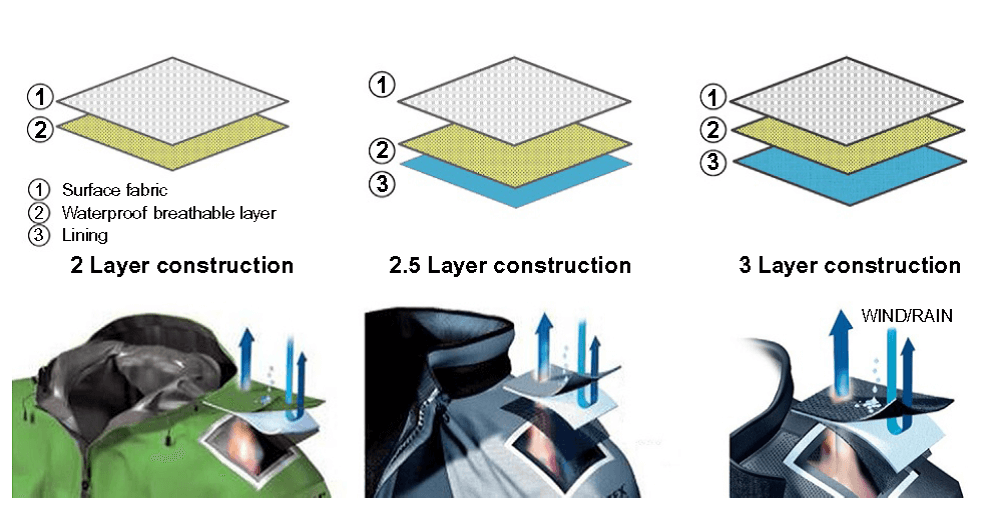
This image is property of camotrek.com.
Prevents Mold and Mildew Growth
Another significant benefit of waterproofing gear is that it helps prevent the growth of mold and mildew. Moisture and humidity create the perfect breeding ground for these fungi, and once they take hold, they can quickly spread and cause extensive damage. Mold and mildew not only deteriorate materials like fabric and leather, but they also pose health risks, triggering allergies and respiratory problems. By waterproofing your gear, you reduce the chances of moisture becoming trapped and creating an environment conducive to mold and mildew growth.
Enhances Durability and Longevity
Investing in high-quality gear often comes with a hefty price tag, so it’s only natural to want to make your gear last as long as possible. Waterproofing your gear plays a vital role in enhancing its durability and longevity. By creating a protective barrier against moisture, you prevent the wear and tear that comes with exposure to water. Waterproofing also helps to maintain the structural integrity of your gear, preventing it from becoming weak, brittle, or prone to tearing. With proper waterproofing, you can significantly extend the lifespan of your gear and maximize your investment.
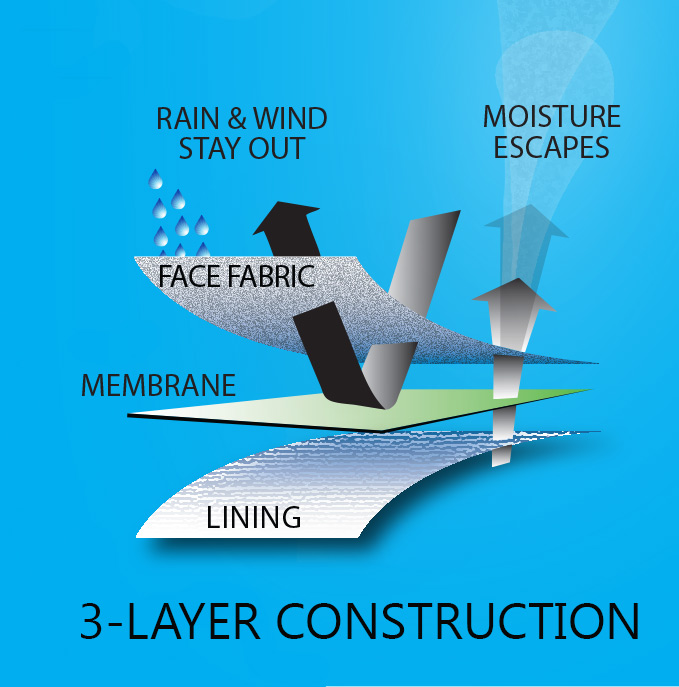
This image is property of i1.wp.com.
Methods of Waterproofing Gear
There are several methods available for waterproofing gear, each with its own advantages and suitability for different materials. Understanding these methods can help you choose the most appropriate waterproofing technique for your gear.
Wax-based Waterproofing
Wax-based waterproofing is a traditional and effective method commonly used for outdoor gear such as jackets, bags, and boots. This method involves applying a layer of wax, often made from natural ingredients like beeswax or paraffin, onto the fabric or leather surface. The wax creates a protective coating that repels water, preventing it from penetrating the material. To apply wax-based waterproofing, you typically melt the wax and use a brush or cloth to evenly distribute it onto the gear. After application, heat is often applied to allow the wax to penetrate and bond with the fibers of the material.
Silicone Coating
Silicone coating is another popular method of waterproofing gear that works well for various materials, including synthetic fabrics, tents, and tarps. Silicone coatings are typically liquid or spray-on products that create a thin, invisible barrier over the surface of the gear. Once applied, the silicone cures and forms a flexible, waterproof layer. This method is known for its durability and longevity, as silicone does not break down easily under exposure to UV light or extreme weather conditions. It is important to note that silicone coatings can alter the breathability of certain fabrics, so it’s essential to consider the intended use of the gear before choosing this method.
Sealing with Waterproof Sprays
Waterproof sprays provide a convenient and versatile option for waterproofing gear. Available in aerosol or pump spray form, these products are designed to be applied directly onto the gear’s surface. The spray penetrates the material, creating a waterproof barrier without altering its appearance or breathability. Waterproof sprays are especially suitable for clothing, backpacks, footwear, and small electronics. They are often quick-drying, allowing for immediate use after application. However, it is important to follow the instructions provided with the product to ensure proper application and effectiveness.
Waterproofing Gear versus Water-Resistant Gear
Understanding the difference between waterproof and water-resistant gear is essential in determining the level of protection you need for your belongings.
Understanding the Difference
Waterproof gear refers to items that are completely impervious to water and can withstand being submerged without allowing any moisture to penetrate. On the other hand, water-resistant gear can repel water to a certain extent, but it is not completely impervious. Water-resistant gear will provide some protection against light rain or splashes, but it may not hold up against heavy rain or prolonged exposure to water.
When to Choose Waterproofing Gear
Waterproofing gear is essential when you anticipate exposure to heavy rain, snow, or water activities where immersion is likely. This includes activities like kayaking, canoeing, hiking in wet conditions, or working in environments where water exposure is frequent. Choosing waterproof gear ensures that your belongings remain dry and protected, regardless of the conditions.
When to Choose Water-Resistant Gear
Water-resistant gear is suitable for situations where light rain or occasional splashes are expected, but complete immersion is not. This includes activities like urban commuting, casual walks in light rain, or simply wanting some protection against occasional spills. Water-resistant gear provides a good level of protection for everyday situations, but it may not hold up under more extreme conditions.
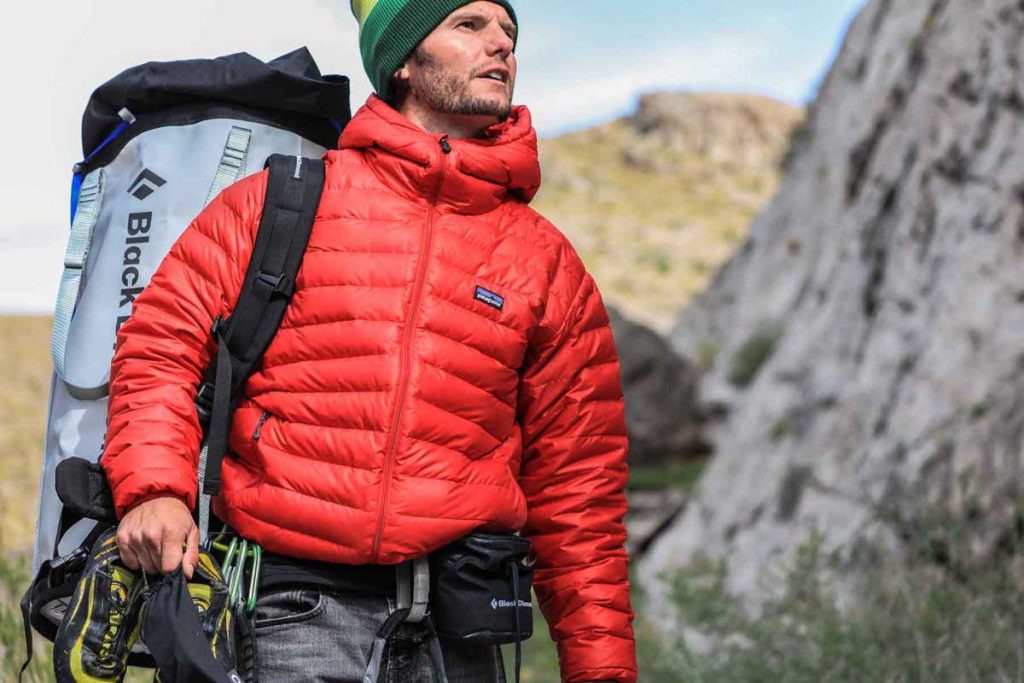
This image is property of camotrek.com.
Choosing the Right Waterproofing Gear
When it comes to choosing the right waterproofing gear, there are several factors to consider. By taking these factors into account, you can ensure that you select the most suitable products for your specific needs.
Consider the Material
Different materials have varying requirements when it comes to waterproofing. For example, leather may require specific treatments to maintain its suppleness and prevent cracking, while synthetic fabrics may respond well to silicone coatings. It is essential to research the specific recommendations for the materials used in your gear and choose waterproofing products accordingly.
Evaluate the Waterproof Rating
Waterproof gear often comes with a waterproof rating that indicates its level of water resistance. This rating is usually measured in millimeters (mm) and represents the amount of water pressure the gear can withstand. The higher the rating, the more resistant the gear is to water. For example, a gear with a waterproof rating of 5,000mm can withstand 5,000 millimeters of water pressure before it starts to allow moisture through. When choosing waterproofing gear, it is important to evaluate the waterproof rating to ensure that it meets your specific needs.
Versatility and Functionality
Consider the intended use and functionality of your gear when choosing waterproofing products. Some waterproofing methods may alter the appearance or breathability of the gear, which may be acceptable for certain items but not for others. Additionally, if you plan to use your gear for various activities, it may be beneficial to select products that offer versatile protection across different scenarios.
Waterproofing Outdoor Gear
Waterproofing outdoor gear is a crucial step in ensuring a comfortable and enjoyable experience during your outdoor adventures. Here are some specific tips for waterproofing common outdoor items:
Waterproofing Tents
Tents serve as your shelter in the great outdoors, protecting you from the elements. To ensure your tent remains dry and cozy, it is important to waterproof it regularly. Start by thoroughly cleaning the tent and allowing it to dry completely. Next, apply a waterproofing spray or liquid designed specifically for tents, ensuring you cover all seams and stitching. Pay attention to the rainfly, as it is the first line of defense against moisture. Allow the tent to dry thoroughly before packing it away to prevent mold and mildew from forming. Regular inspections and reapplications of waterproofing will help maintain the tent’s integrity over time.
Waterproofing Backpacks
A waterproof backpack is a valuable asset for anyone who spends time outdoors or commutes in wet weather. Most backpacks have a certain level of water resistance, but to achieve full waterproofing, additional steps may be necessary. Start by selecting a waterproof backpack or one with a high water-resistant rating. If your existing backpack is not fully waterproof, consider applying a waterproof coating spray to enhance its protection against moisture. Focus on the seams, zippers, and any vulnerable areas where water could seep in. Regularly inspect your waterproof backpack and reapply as needed to ensure continuous protection.
Waterproofing Footwear
Keeping your feet dry and comfortable is essential for any outdoor activity. Waterproofing your footwear is a crucial step in achieving this. Waterproof boots and shoes are readily available, but for footwear that is not inherently waterproof, additional measures can be taken. Start by cleaning your footwear thoroughly and allowing it to dry completely before applying a waterproofing product. Wax-based waterproofing is often suitable for leather footwear, while silicone sprays or coatings work well for synthetic materials. Pay close attention to the seams and stitching, as these are typically vulnerable areas. Regularly clean and reapply waterproofing to extend the life of your footwear and maintain its protective qualities.
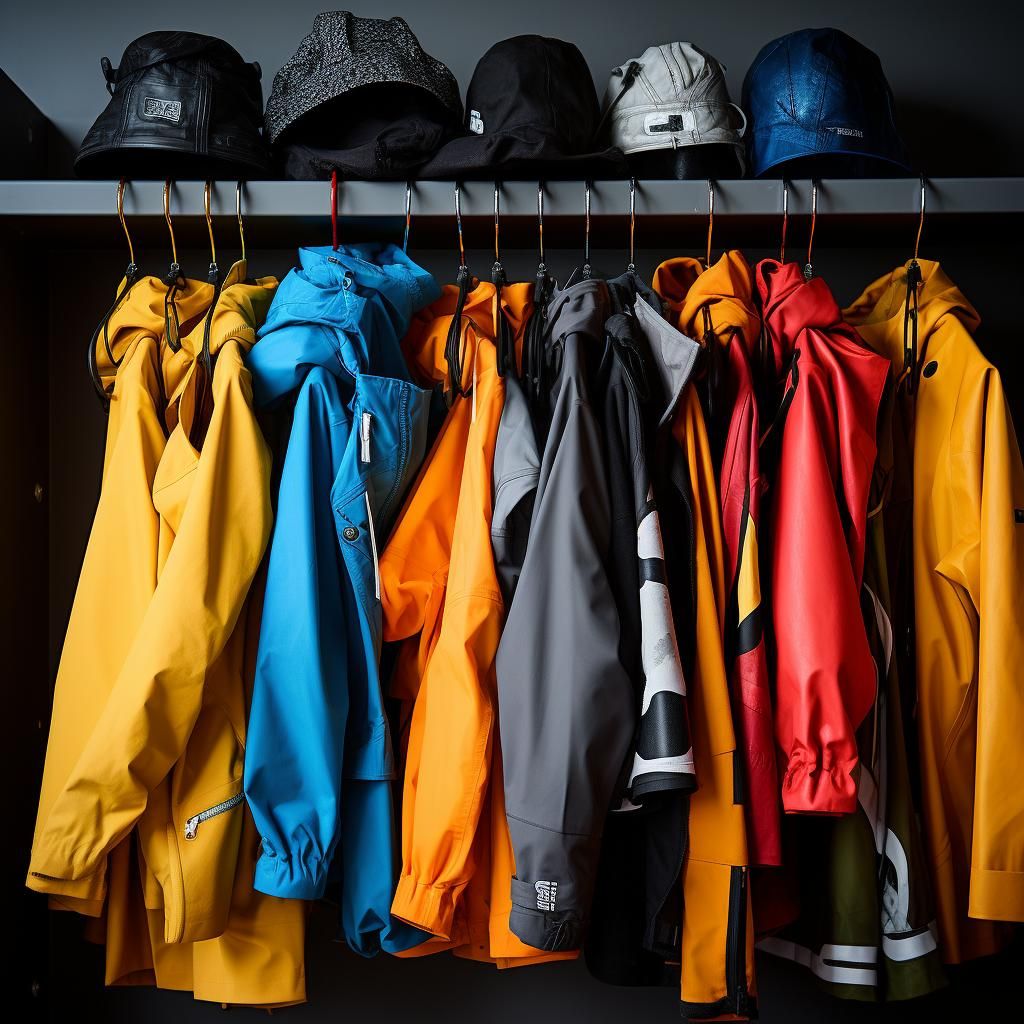
This image is property of www.theraingauge.com.
Waterproofing Electronic Equipment
With the increasing presence of electronic devices in our lives, it is essential to protect them from water damage. Here are some tips for waterproofing common electronic equipment:
Waterproofing Cameras
Cameras are valuable and fragile devices that can easily be damaged by water. To protect your camera from moisture, consider investing in a waterproof camera case or housing specifically designed for your camera model. These cases provide full waterproofing while still allowing you to operate the camera’s functions. For additional protection, apply a silicone spray or coating to the exterior of the camera body, paying particular attention to the seams. Regularly inspect the waterproofing on your camera case and reapply as needed to ensure continued protection.
Waterproofing Smartphones
Smartphones have become an integral part of our lives, and protecting them from water damage is essential. Many smartphones now come with some level of water resistance, but to ensure maximum protection, consider using a waterproof phone case or cover. These cases provide a fully sealed enclosure for your phone, preventing water from entering. Make sure to follow the manufacturer’s instructions when using waterproof phone cases to ensure proper installation and performance. Regularly inspect the case for any signs of wear or damage, and replace it if necessary to maintain its waterproofing capabilities.
Waterproofing Headphones
If you enjoy listening to music while engaging in water-based activities, waterproof headphones are a must-have accessory. Choose headphones specifically designed for use in water, ensuring they have a waterproof rating suitable for your intended activity. Many waterproof headphones use a combination of ear tips, seals, and coatings to protect the internal components from water damage. It is important to follow the manufacturer’s instructions for proper use and maintenance of these headphones. Regularly inspect the seals and connections, and replace any damaged or worn components to maintain the waterproofing capabilities.
Maintenance and Reapplication of Waterproofing
Proper maintenance and regular reapplication of waterproofing agents are essential for ensuring long-lasting protection for your gear. Follow these steps to maintain optimal waterproofing:
Cleaning and Preparing the Gear
Before reapplying waterproofing agents, it is important to clean and prepare your gear properly. Thoroughly clean your gear to remove any dirt, debris, or previous waterproofing products. This allows the new waterproofing agent to bond effectively with the material. Follow the manufacturer’s instructions for cleaning, as different fabrics and materials may require specific treatments. Once clean, allow the gear to dry completely before applying the new waterproofing agent.
Applying Waterproofing Agents
When applying waterproofing agents, ensure that you are in a well-ventilated area and follow the instructions provided by the manufacturer. Use a brush, cloth, or spray to evenly distribute the waterproofing agent, ensuring that you cover all areas and seams that may be prone to water intrusion. Pay close attention to the specific recommendations for the product and the material of your gear. Allow the waterproofing agent to cure or dry completely according to the instructions before using or packing away the gear.
Regular Inspections and Reapplications
Over time, the effectiveness of waterproofing agents may diminish due to wear and exposure to the elements. It is important to regularly inspect your gear for any signs of water penetration or damage. If you notice water no longer beads on the surface or spot any areas that look damp, it is time to reapply the waterproofing agent. It is prudent to reapply waterproofing agents at least once a season for frequently used gear or after prolonged exposure to water. By conducting regular inspections and reapplications, you can ensure that your gear remains protected against moisture damage.
The Benefits of Waterproofing Gear
The importance of waterproofing gear extends beyond the mere protection against moisture and water damage. Here are some of the benefits you can enjoy by waterproofing your gear:
Protection in Rainy Weather
Rainy weather can put a damper on any outdoor activity, but with properly waterproofed gear, you can stay dry and comfortable. Waterproof jackets, boots, and backpacks allow you to enjoy your outdoor adventures, even when the forecast predicts showers. By keeping moisture out, waterproof gear ensures you stay warm and can fully embrace the experience, no matter the weather conditions.
Suitable for Outdoor Activities
Whether you’re hiking through a rainforest, skiing down a snowy slope, or simply enjoying a beach day, waterproof gear is crucial for outdoor activities. From clothing to electronics, having gear that can withstand water exposure ensures you can fully immerse yourself in any adventure without worrying about moisture damage. Waterproofing your gear allows you to explore a wide range of outdoor activities, knowing that your belongings are protected and will perform reliably.
Increased Reliability and Performance
Waterproofed gear is more than just water-resistant; it is built to withstand the rigors of outdoor activities. By investing in properly waterproofed gear, you can rely on its performance and durability, even in the most challenging conditions. Whether you are climbing a mountain or walking in the city, waterproof gear gives you the confidence that your belongings are protected, regardless of what Mother Nature throws at you.
Waterproofing Gear for Sports and Recreation
Different sports and recreational activities have specific gear requirements when it comes to waterproofing. Here are some examples of how waterproofing gear is essential for different sporting and recreational endeavors:
Waterproof Clothing for Watersports
Watersports enthusiasts, such as surfers, kayakers, and paddleboarders, require waterproof clothing to keep them protected during their activities. Wetsuits and drysuits are examples of specialized waterproof clothing designed to provide insulation and protection from cold water and wind. These suits create a barrier against water, keeping the wearer dry and comfortable. By investing in waterproof clothing suited to the specific watersport, enthusiasts can enjoy their activities without worrying about getting soaked and chilled.
Waterproofing Ski and Snowboard Gear
For snowsports enthusiasts, waterproof gear is essential to stay warm and dry in snowy conditions. Waterproof jackets, pants, and gloves are designed to repel snow and moisture, keeping the wearer insulated and comfortable. Snowsports involve constant contact with snow, so it is vital to choose gear with high waterproof ratings. Properly waterproofed gear allows skiers and snowboarders to stay on the slopes longer, enjoying the fresh powder without worrying about getting wet or cold.
Protecting Gear for Hiking and Camping
Hikers and campers rely heavily on their gear to ensure a safe and enjoyable outdoor experience. Waterproof tents, backpacks, and footwear are essential for protecting valuables and providing comfort in uncertain weather conditions. Hiking and camping often involve spending extended periods of time outdoors, so having reliable waterproof gear is crucial. By waterproofing their gear, hikers and campers can have peace of mind knowing that their belongings will stay dry, regardless of how long they are exposed to the elements.
Conclusion
Waterproofing gear is not just about keeping your belongings dry, but about ensuring their longevity, performance, and reliability. By protecting against moisture damage, preventing mold and mildew growth, and enhancing durability, waterproofed gear provides peace of mind in any weather or outdoor activity. Whether you’re exploring the great outdoors, engaging in water sports, or simply navigating the daily challenges of urban life, properly waterproofed gear is an investment in comfort, convenience, and protection. So take the time to choose the right waterproofing methods and products for your gear, perform regular inspections and reapplications, and enjoy the benefits of gear that stays dry and performs optimally, no matter the conditions.





